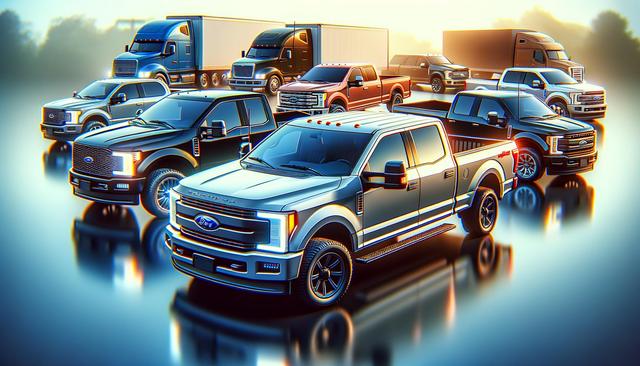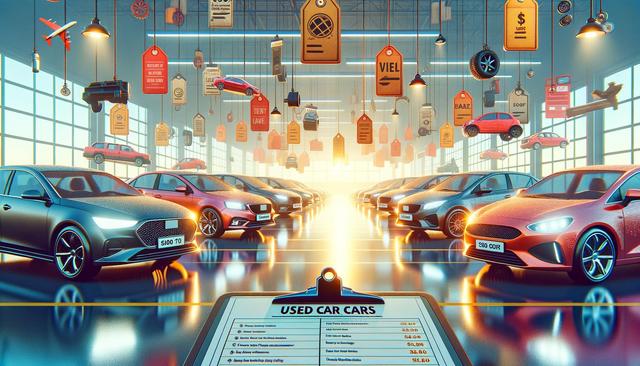Understanding the Appeal of E-Rickshaws
Electric rickshaws, or e-rickshaws, have revolutionized last-mile connectivity by offering an affordable, sustainable, and efficient transport solution. With rising fuel prices and increasing awareness about environmental concerns, these battery-powered vehicles have become a preferred choice for both drivers and passengers. From narrow lanes in busy cities to long stretches of rural roads, e-rickshaws provide easy access and low operating costs, making them a practical alternative to traditional auto-rickshaws. Models such as the Bajaj Electric Auto Rickshaw have gained attention due to their reliable performance and ease of maintenance, further driving adoption across various demographics.
Another factor contributing to the growing popularity of e-rickshaws is their relatively simple mechanism and easy maintenance. Unlike fuel-powered vehicles, electric rickshaws have fewer moving parts, which translates to reduced servicing needs and lower overall maintenance costs. This makes them an attractive option for small business owners and individual drivers aiming to maximize profits while minimizing daily expenses.
The Role of EMI in Making E-Rickshaws Accessible
Purchasing an e-rickshaw outright can be a significant financial commitment, especially for individuals from low to middle-income backgrounds. This is where Equated Monthly Installments (EMI) come into play. EMI options allow buyers to spread the cost of the vehicle over several months or years, making ownership more achievable. Many financing institutions and dealerships now offer flexible EMI schemes tailored to the needs of e-rickshaw buyers.
Key benefits of buying an e-rickshaw on EMI include:
- Lower initial investment
- Fixed monthly payments for better budgeting
- Access to newer technologies and models
- Opportunity to build or improve credit history
These EMI plans often come with minimal documentation and competitive interest rates, which makes them even more appealing. Prospective buyers can choose from different repayment tenures based on their income and financial stability, ensuring a manageable repayment process.
Choosing the Right E-Rickshaw Model
When considering an e-rickshaw purchase, selecting the right model is crucial. Factors such as battery type, mileage per charge, load capacity, and after-sales service should be taken into account. The E-rickshaw new model options available today offer a variety of features that cater to different usage patterns. For instance, some models focus on passenger comfort with enhanced seating and shock absorption, while others prioritize cargo space for goods transportation.
The Bajaj Electric Auto Rickshaw is among the well-regarded options in the market, known for its durability and reliable performance. When evaluating different models, make sure to check:
- Battery life and charging time
- Warranty and service network
- Build quality and safety features
- Availability of spare parts
Doing thorough research and possibly test-driving a few models can help ensure you make a well-informed decision that aligns with your daily operational needs.
How to Apply for E-Rickshaw EMI Financing
Applying for EMI financing for an e-rickshaw is a straightforward process, but being prepared with the right documents and understanding the terms is important. Start by identifying reputable dealers or financial institutions that offer e-rickshaw loans. Many of them have partnerships with manufacturers to make the process seamless for buyers.
The typical application process includes:
- Filling out a loan application form
- Providing identity and address proof
- Submitting income proof or bank statements
- Vehicle quotation or proforma invoice
Once the application is submitted, it undergoes a verification process. Upon approval, the loan amount is disbursed directly to the dealership, and the buyer begins repaying through EMIs. It’s essential to read the fine print and understand all fees and penalties associated with early repayment or missed EMIs to avoid surprises later.
Maintaining an E-Rickshaw for Long-Term Use
Proper maintenance is key to ensuring the longevity and efficiency of an e-rickshaw. Regular upkeep not only improves performance but also helps in avoiding costly repairs. One of the most critical components to monitor is the battery. Regular charging, avoiding overcharging, and checking the battery water levels (for lead-acid types) can significantly extend its life.
Here are some essential maintenance tips:
- Charge the battery fully and regularly
- Keep tires properly inflated to reduce energy consumption
- Clean the vehicle to prevent rust and wear
- Schedule routine inspections for brakes and electrical systems
With newer models like the E-rickshaw new model variants, some come equipped with digital dashboards and maintenance reminders, making it easier to stay on top of servicing needs. Staying proactive in maintenance ensures better performance, safety, and resale value.
Conclusion: Making Informed Choices for a Sustainable Future
Investing in an e-rickshaw through EMI is a practical way to enter the electric mobility space without facing a heavy financial burden upfront. With options like the Bajaj Electric Auto Rickshaw and other E-rickshaw new model variants, buyers have access to reliable and feature-rich vehicles that meet a range of transportation needs. By understanding the financing process, choosing the right model, and committing to regular maintenance, individuals can enjoy the long-term benefits of owning an e-rickshaw. Whether for personal use or commercial purposes, this approach supports both financial independence and environmental responsibility.




Leave a Reply